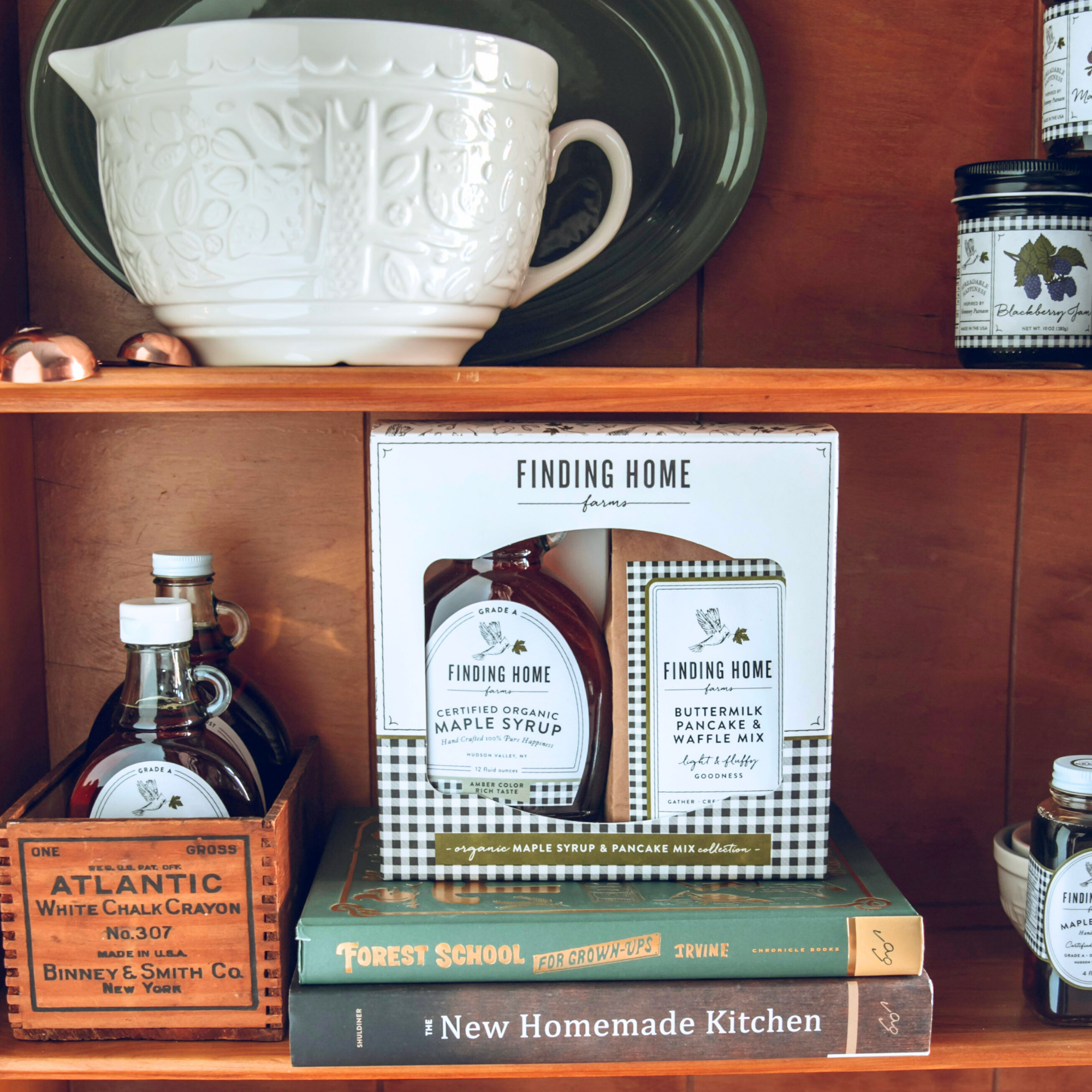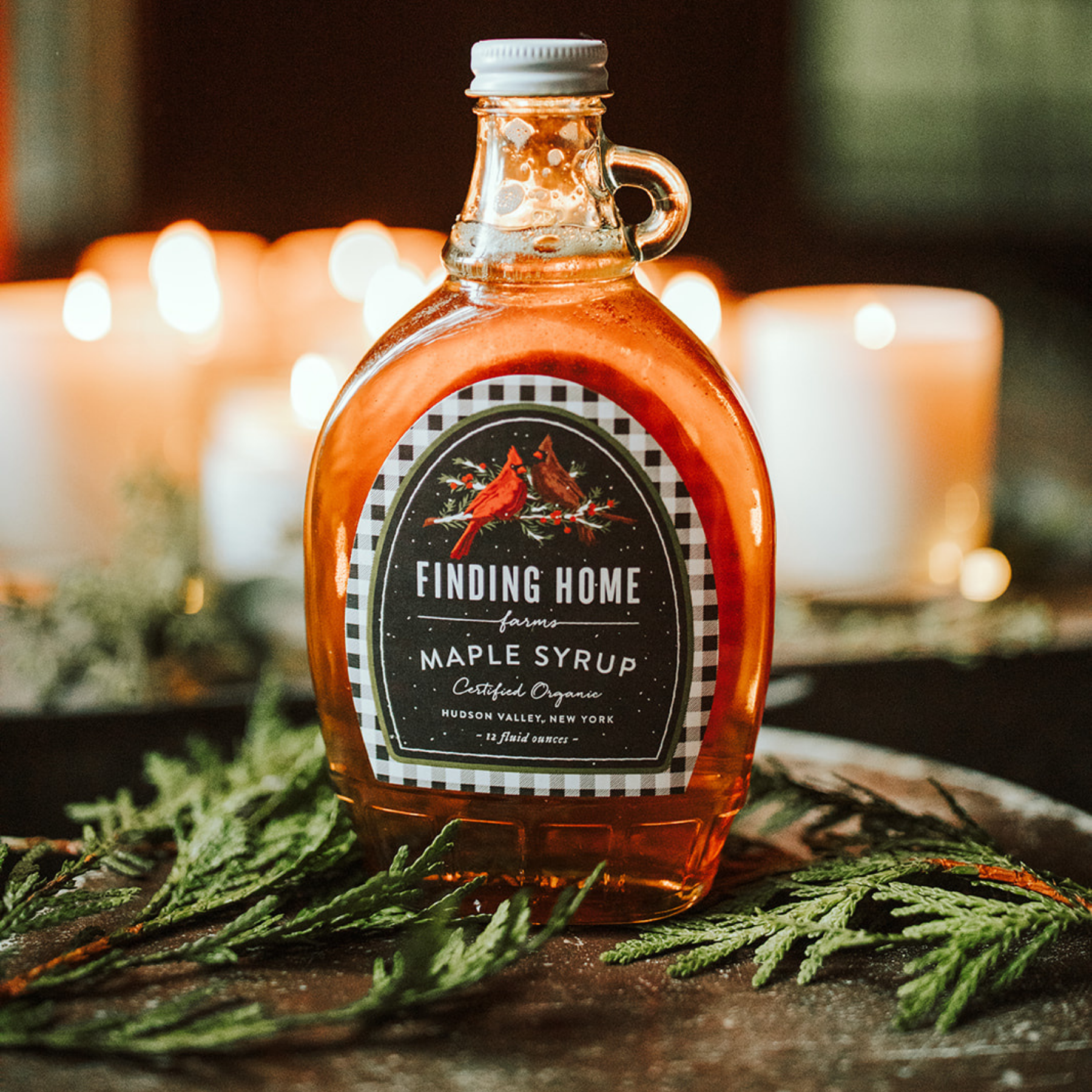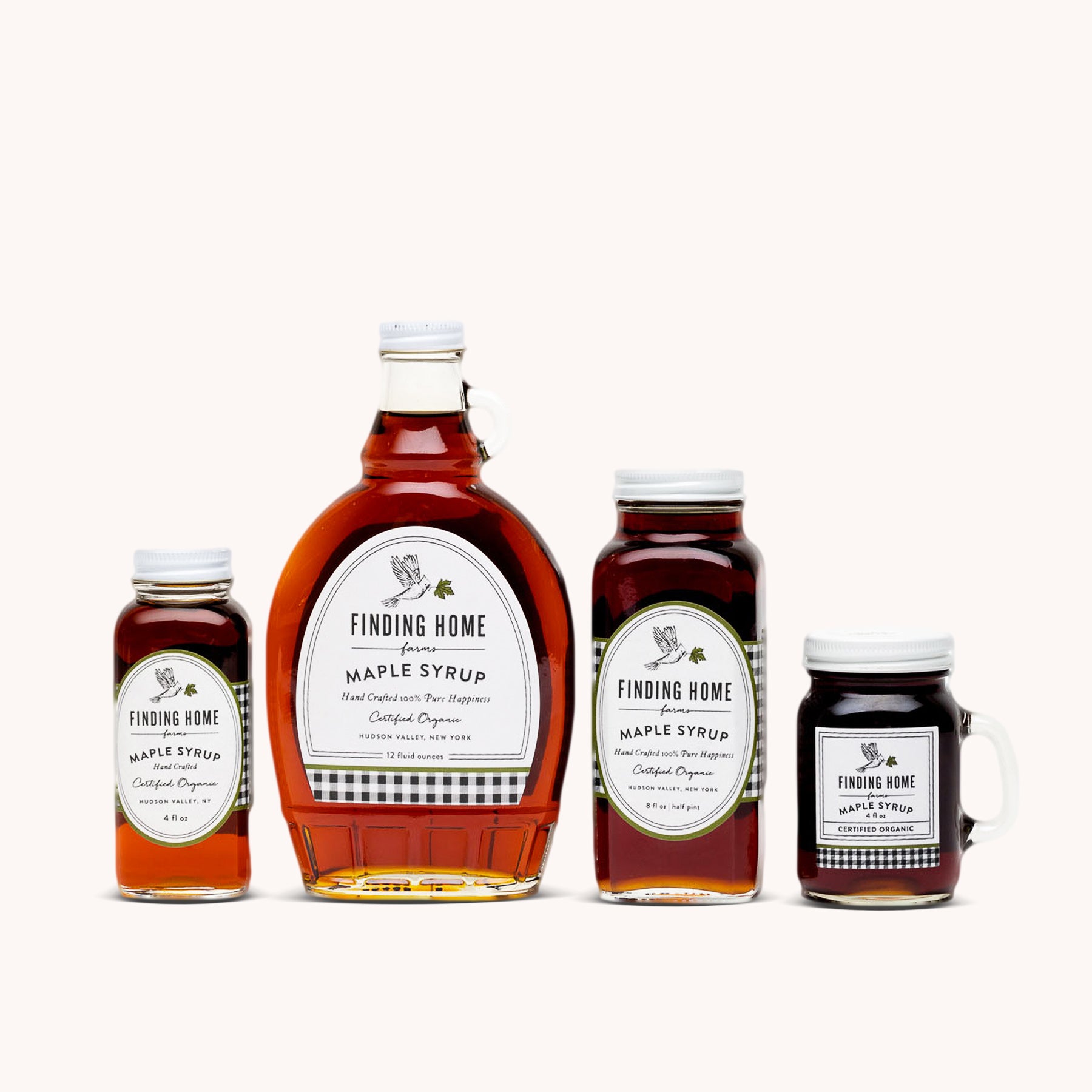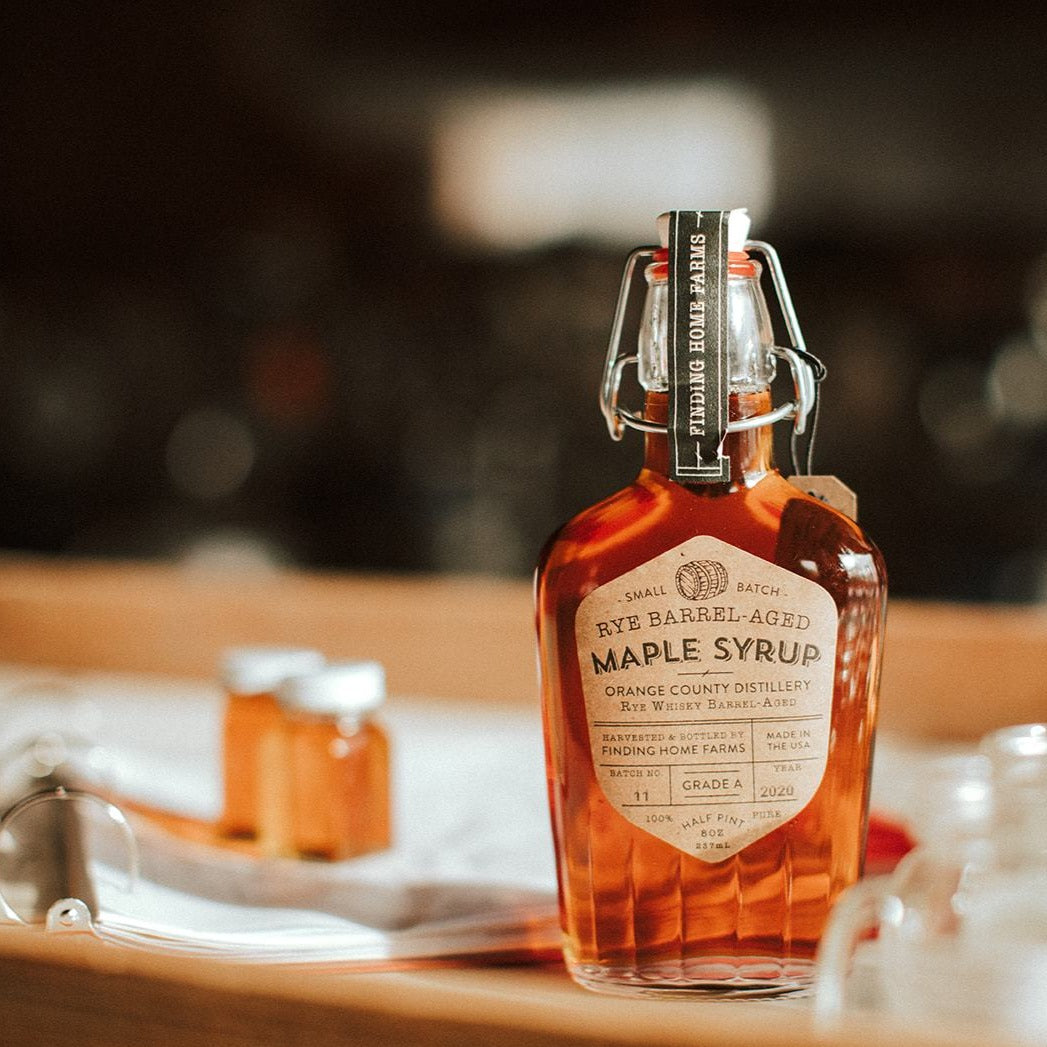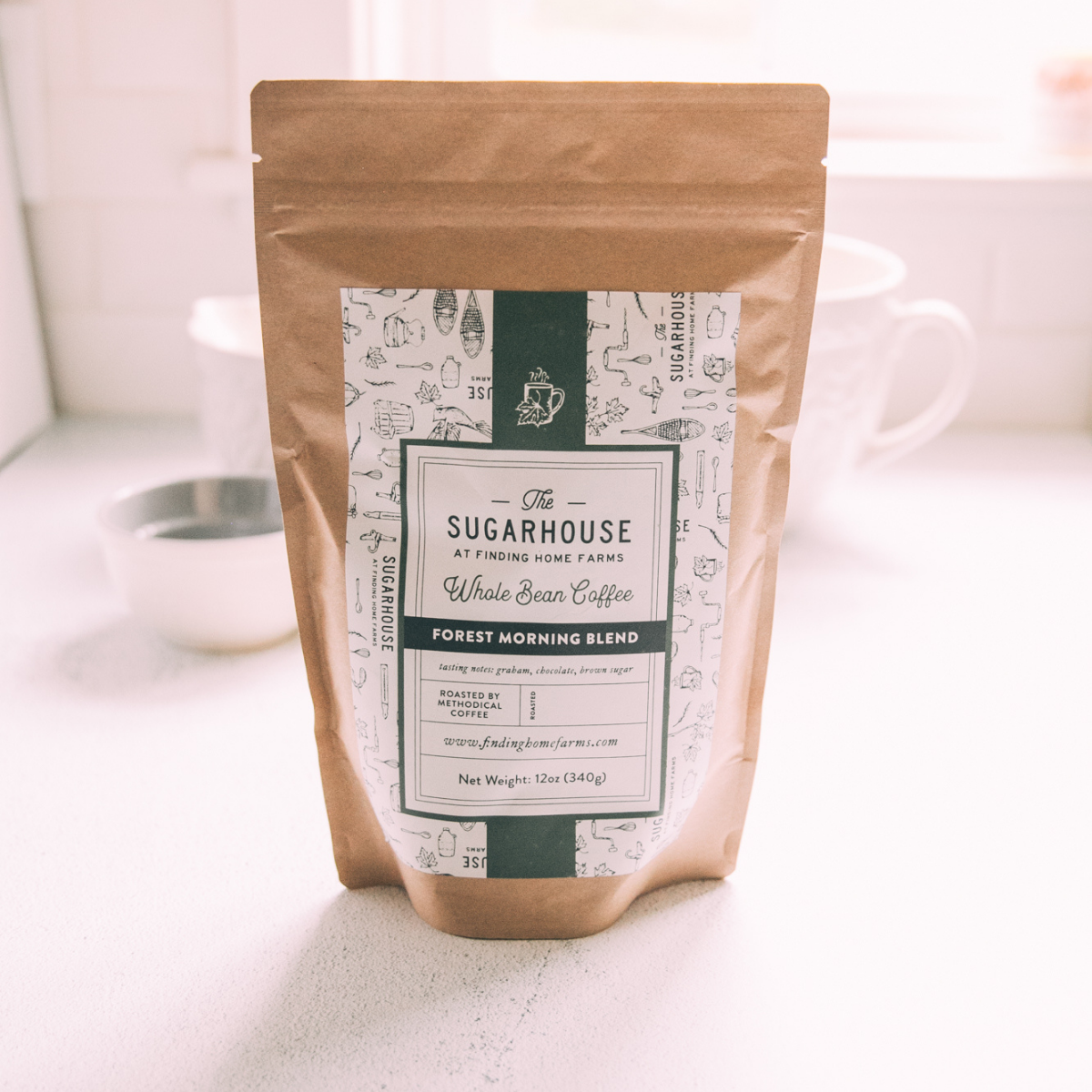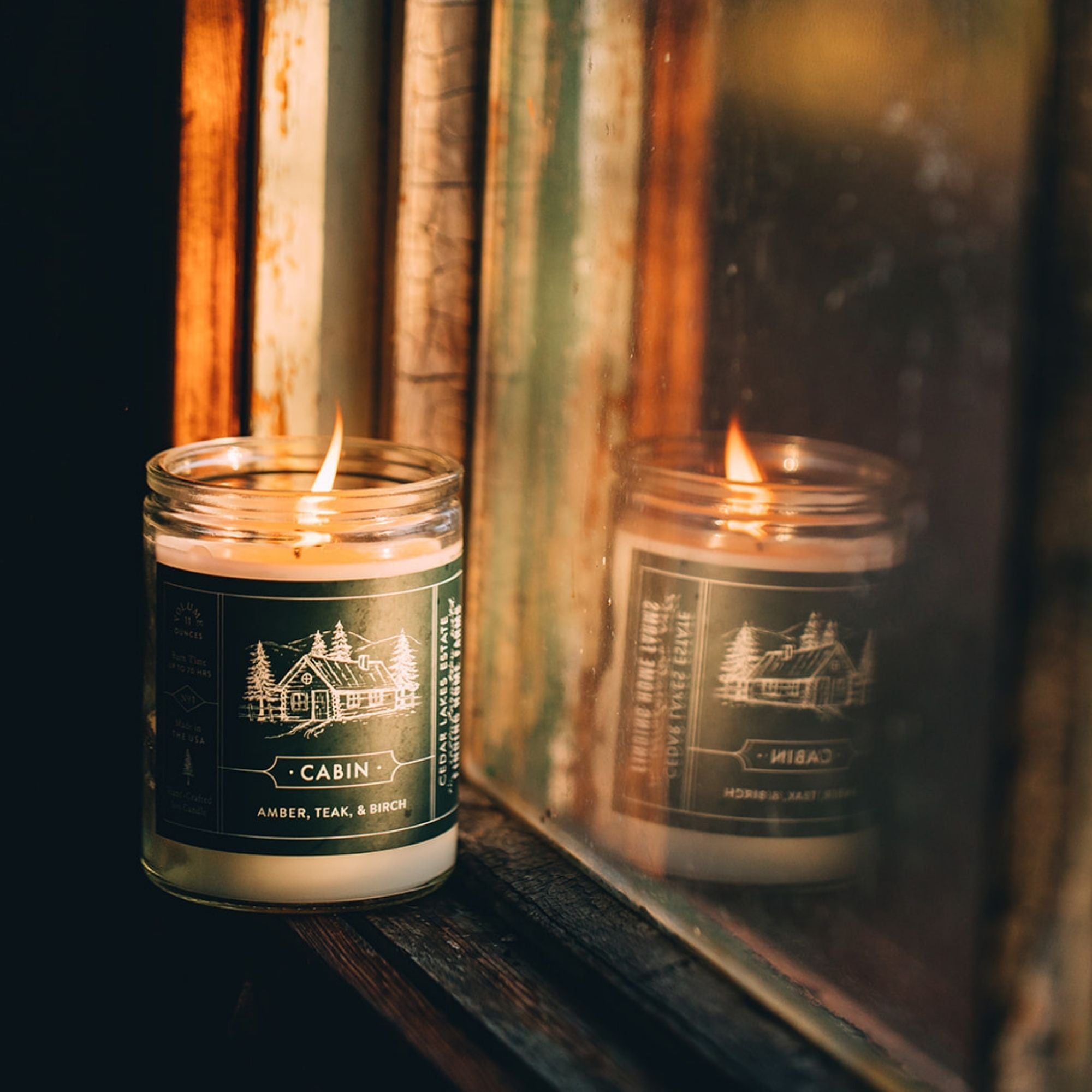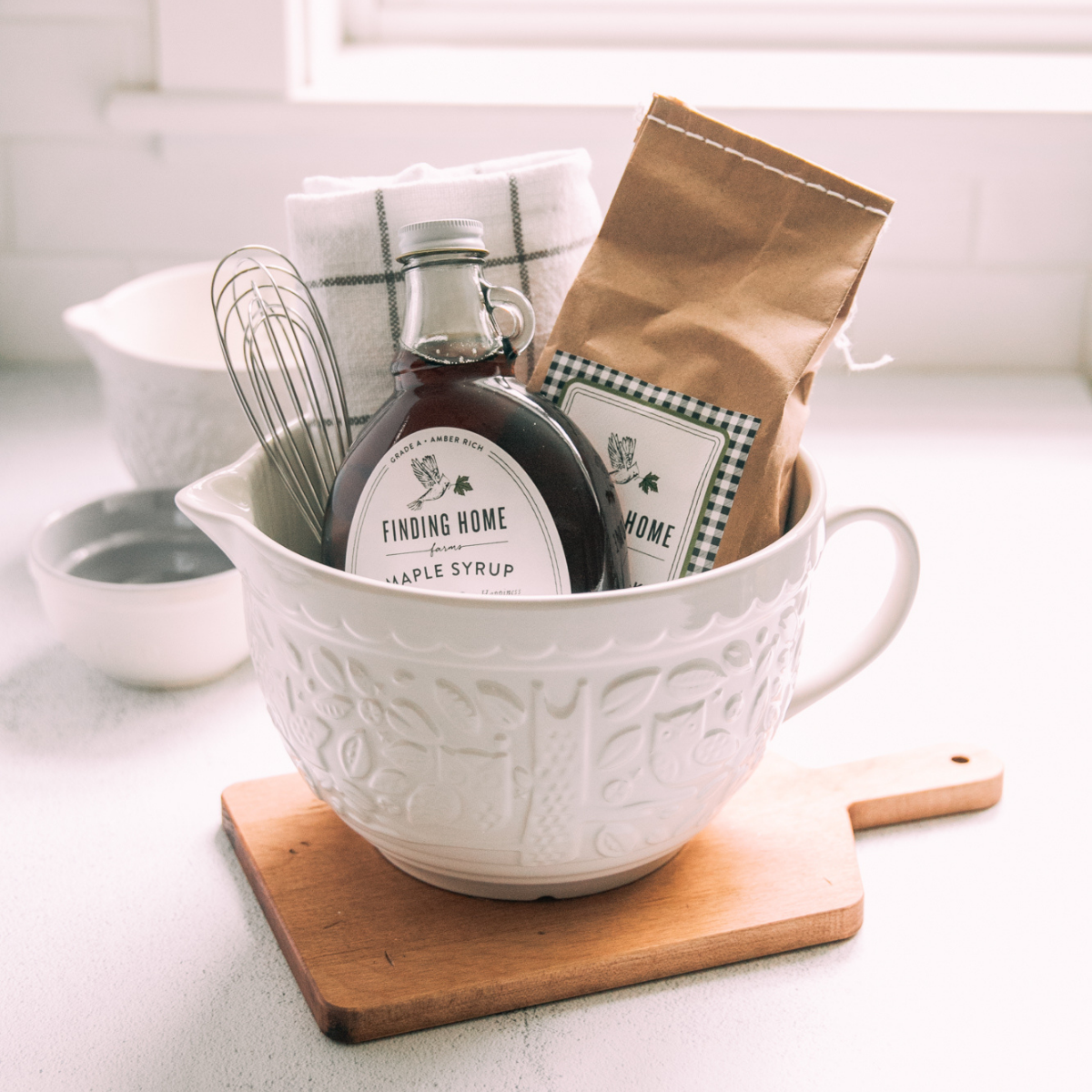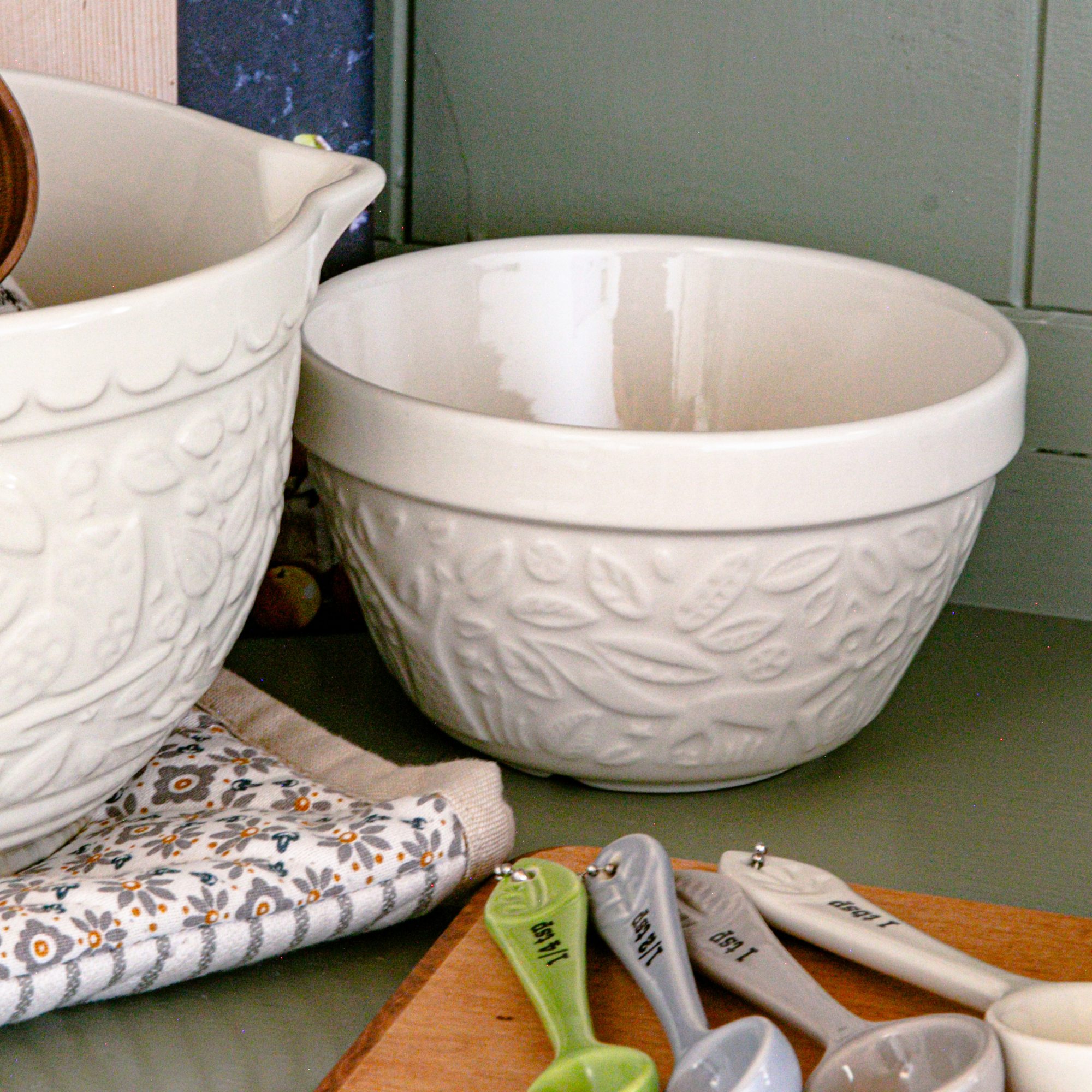Finding Your Landscape Style – Part 1
Last week, I shared our Fairy Garden. Since finishing this project we are moving on to our “full-sized” gardens.
We have managed to get outside and start working outdoors much earlier than usual because of the mild weather.
And this is a good thing because we really need it.
We have focused so much on the inside the last few years that the outside has really taken a hit.
I will get into more specifics on our space at a future date, but for now I want to share how much we have learned about what NOT to do.
We have wasted a lot of money on buying plants for our front beds only to pull them out and attempt to replant them in another location.
So, I have been working over the last few weeks to make better decisions and hopefully get our front landscaping as we really want it – meaning that we like the way it looks and we are capable of managing it.
So, I have put together a list of considerations I have been using as criteria for making decisions about our landscape style and I thought I would share that list with you.
To cover all four points in one post would be really long and I don’t want to loose you!
So, for today, I am going to cover points one and two. I am hoping by sharing some of the things I have learned through mistakes, I can help you avoid making the same ones!
You need to start in the zone – your planting zone of course.
Zones: Most people already know this, but it is important to keep it in mind – if your zone is too extreme in temperature for a plant – no matter what you do, it won’t make it. Or, if it isn’t fit for your zone you could end needing to water significantly more often. The good news is most garden centers are only going to sell plants that are appropriate for your location. This mostly becomes a consideration if you order plant or seeds out of a catalog or online.
My biggest mistake: The main mistake we have made in this area is with hanging plants. Unless you remember / are available to water them everyday, they dry out – and then you feel guilty when they are dead. I have just stopped doing them. If I am doing something in a container, it has to be large enough to hold a fair amount of soil to hold onto water and not hanging which seems to drain quicker.
Greenness of Your Thumb and Time Management:
You also need to consider how green your thumb is and how much time you have to put into your landscape and garden spaces.
I learned this the hard way.
The image above is a beautiful garden that I would love to have. Now, I have not ever had anything like that, but I know that although this appears relaxed and casual – it is A LOT of work. I have planted many plants that loose their flowers after a very short time and need to be cut back or that self seed and and run amuck. If you have the time, passion and knowledge to stage your gardens for continuous blooms – I applaud you. If you do not, consider things like flowering seasons and needing to cut a plant back for a new growth season.
My biggest mistake: Saliva. I thought they were so beautiful so I bought several varieties I didn’t realize that they would seed very randomly everywhere, but not in a “it all filled in” type of way. I have painfully pulled them all but did pass them on to a neighbor to use in their yard.
Pests: Deer rule the roost in our neck of the woods. As much as I would love to have a walkway like this:
Everyone of those hostas would be gone the morning after I planted them. Hostas are like candy crack for deer in these parts. All your hard work and money would go to waste. If deer or other plant eating pests are a problem in your area, research plants that are deer resistant. There are product that help keep the deer at bay, but they require re-application when it rains and it only takes one time of missing it for the deer to have a buffet in your yard.
My biggest mistake: I actually had a few hostas in a raised bed about three feet high figuring they would not come up that high – they did. I have found numerous plants broken off and have lost THREE weeping cherry trees to deer. We now cover many of our plants in the winter when a lot of the damage happens.
I don’t believe that you have to have hard and fast rules about matching the style of your home with your landscaping because I think landscaping is an opportunity to customize your home, make it your own style. However, I do think you need to consider the style of your home. If your home is very traditional, maybe instead of doing a completely formal and traditional garden space, you could combine traditional elements with cottage elements.
Or, if your home is very rustic in style, maybe bring in a few evergreens that bring in structure and then bring in the rustic side with more casual perennials.
You get the idea, just like inside your home, work with what you already have, but put your own twist on it.
My biggest mistake: I thought I wanted an English country garden. I was wrong. For the area we are in and the style of our home, it just didn’t look right and I have slowly been changing plants out. I do try to replant anything I pull out in another location.
Next post I will cover points 3 and 4 and share how I am using the inside of my home as inspiration for my outdoor landscaping.
Thanks so much for reading!

